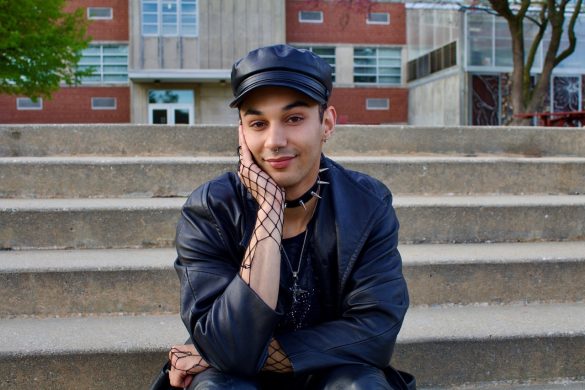Netflix’s pivotal sitcom “One Day at a Time,” which focuses on a Cuban-American immigrant family, is a paragon of media representation and diversity done well. Covering serious topics such as immigration, racism and sexism, the sitcom serves as a raw and genuine representation of Latin-American immigrants, and all the highs and lows that entails. Instead of being merely characters whose cultural identities are labels for the sake of achieving a diversity sticker, “One Day at a Time” allows culture to become intrinsically ingrained in the family’s struggles and development. The show has facilitated learning about Latin-American culture through the experiences of actual Latin-Americans, and never has shied away from covering hot button topics. And as of last month, it has been canceled.
The cancellation of “One Day at a Time” illustrates a pervasive and long-running tragedy in popular media: a distinct lack of and care for good representation. According to USC Annenburg’s annual report on diversity, in Hollywood, “exclusion is the norm rather than the exception.” The study found that 70.7 percent of film characters are white, noting a severe lack of representation for LGBTQ, disabled and non-white individuals. What little representation these individuals garner is poorly written and poorly developed.
We, as human beings, learn from the things that we consume. We are taught by example. And that’s where a lack of good representation begins to get dangerous. Historian Carlos Cortes, in his book The Children Are Watching: How the Media Teach About Diversity, wrote that media essentially teach the public about different minority groups based on how they choose to portray them. By extension, the media teach the public how to perceive these groups. As an example, speaking about the plights of black males specifically, an article from the Social Science Literary Review noted that distorted portrayals of black men in media have resulted in, among other things, general antagonism toward black males, lack of identification with and sympathy for black males, exaggerated views related to criminality and violence and more.
But this conversation is an old one. Because we know. We know, or at least we should know, that there is not enough diversity in popular media. We witnessed the uproarious praise garnered by Marvel’s “Black Panther” and laughed at JK Rowling’s flailing attempts at post-Potter diversity. In a time when different marginalized groups are more than ever before scrambling for representation, media outlets need to know what good representation entails and even further, how to support media products that do it well.
This last point is what I prefer to focus on. This is not the first time “One Day at a Time” has been canceled—and, at the risk of sounding daring, it probably won’t be the last. Netflix in particular has an unfortunate habit of canceling shows with diverse casts, such as “Sense8” and “The Get Down,” both of which had queer and cultural representation. Both of these cancellations have been attributed in some part to lack of audience interest, and yet, despite this, the cancellations were met with social media outrage. But it is not enough to fight for good representation after it has been taken away from us; rather, it is necessary to support these paragons of good media while they are still alive. Remarkably enough, the answer to keeping good representation alive lies merely in our capacity to sit down and actually consume its content.









